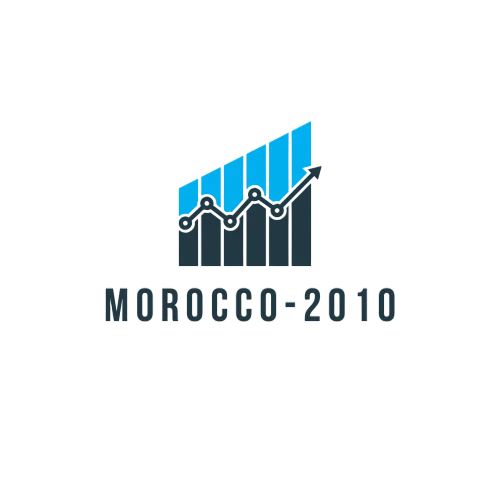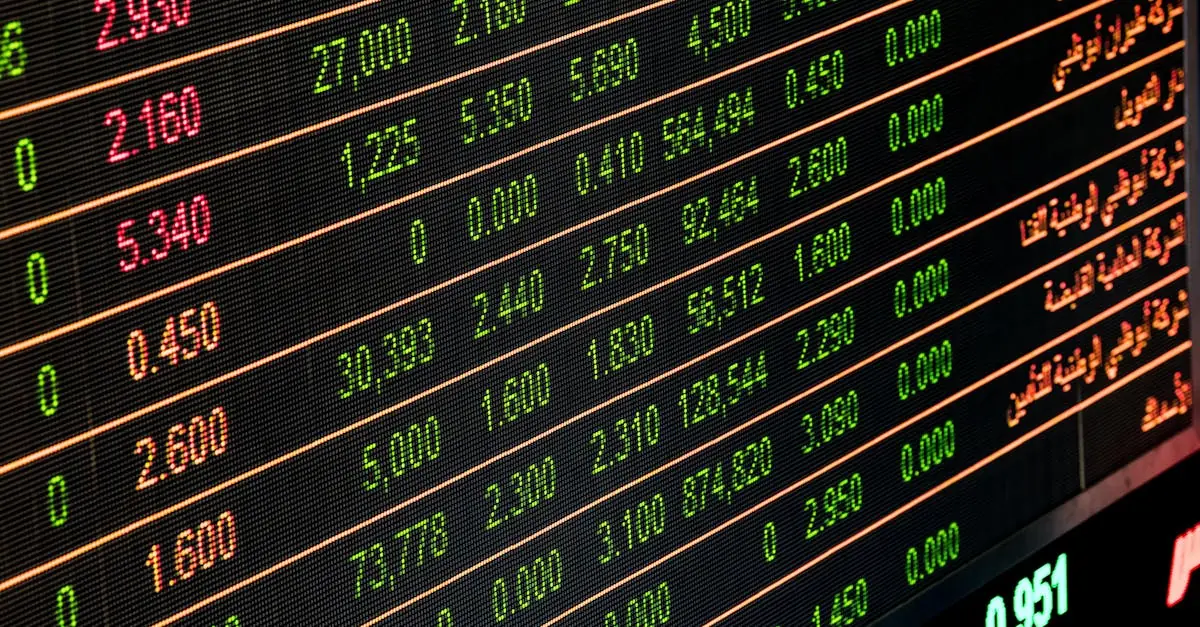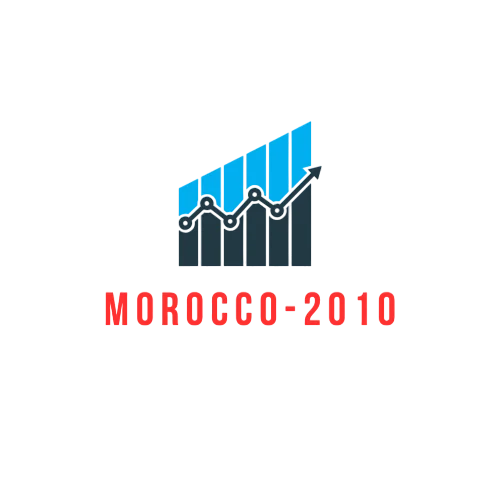Economic trends are like the weather—sometimes sunny and bright, other times stormy and unpredictable. They shape the way people spend, save, and invest their money. Understanding these trends can feel like trying to decipher a secret code, but it’s crucial for anyone looking to navigate the financial landscape.
Table of Contents
ToggleOverview of Economic Trends
Economic trends represent patterns in the economy over time. They can reflect changes in consumer behavior, business investment, and overall financial health. Understanding these trends helps individuals and businesses make informed decisions regarding spending, saving, and investing.
Positive economic trends often include rising employment rates and increased consumer spending. These indicators suggest robust economic growth and higher confidence among consumers. Conversely, negative trends may feature decreasing salaries or rising unemployment rates, signaling potential economic downturns.
Monitoring these trends allows analysts and policymakers to make predictions about future economic shifts. Annual reports from organizations such as the Bureau of Economic Analysis provide essential data on gross domestic product (GDP) growth and inflation rates. Businesses rely on this data to adjust strategies accordingly.
Changes in technology and innovation frequently drive economic trends. Advancements in automation and e-commerce can lead to shifts in job markets and consumer habits. Those who adapt quickly can leverage emerging opportunities.
Furthermore, global events and policies can influence local economic conditions. For example, trade agreements or geopolitical tensions may affect import and export rates, impacting domestic production. Staying informed about these dynamics is crucial for effective fiscal planning.
Economic trends embody various factors shaping the financial landscape. They assist entities in navigating complexities within the economy and making strategic decisions.
Key Indicators of Economic Trends
Understanding key indicators helps interpret economic trends. Analysts rely heavily on these factors to gauge economic health and foresee shifts.
GDP Growth Rate
GDP growth rate reflects how fast an economy expands or contracts. This metric measures the value of all goods and services produced, indicating overall economic performance. An increase suggests robust economic activity, often leading to higher employment and investment levels. Conversely, a decline signals potential recession. Tracking GDP growth across quarters provides insights into economic cycles. For instance, the Bureau of Economic Analysis reported a 6.3% annualized increase in the second quarter of 2021, showcasing recovery post-pandemic. Regular analysis aids businesses in strategic planning and investment decisions.
Unemployment Rate
Unemployment rate tracks the percentage of the workforce without jobs. A lower rate implies a healthy job market, leading to increased consumer confidence and spending. This metric assists policymakers in evaluating economic conditions. If unemployment rises, economic challenges may follow, reducing consumer spending power. For example, in September 2021, the unemployment rate decreased to 4.8%, highlighting a recovering labor market. Monitoring adjustments in this rate signals shifts in economic vitality, prompting strategic responses from businesses and government institutions.
Inflation Rate
Inflation rate measures how much prices increase over time. This metric is crucial for understanding purchasing power and cost of living adjustments. A moderate inflation rate indicates a growing economy but can erode consumer savings if excessive. The Consumer Price Index is often used to track this rate. In 2021, inflation reached a 30-year high of 6.8% in November, raising concerns about its impact on the economy. Inflation influences interest rates and financial decisions, showing how crucial it is to monitor this indicator for sound financial planning.
Types of Economic Trends
Economic trends can be categorized into short-term and long-term, each showcasing distinct patterns that reflect the economic landscape.
Short-Term Trends
Short-term trends often arise from seasonal fluctuations or sudden market changes. Spikes in consumer spending during holidays exemplify these trends. Businesses monitor these shifts closely to adjust inventory and marketing strategies. Economic indicators like weekly jobless claims and monthly retail sales reports help analysts identify these trends quickly. Understanding short-term trends allows companies to capitalize on immediate opportunities or mitigate potential risks from volatile market conditions.
Long-Term Trends
Long-term trends manifest over extended periods and typically result from structural changes within the economy. These trends may include shifts in technological advancements or demographic changes, such as an aging population. Increases in renewable energy investments represent a long-term shift towards sustainability. These patterns enable policymakers and businesses to plan for future growth and address challenges. Monitoring long-term trends helps organizations align strategies with evolving market dynamics and consumer preferences.
Factors Influencing Economic Trends
Various factors impact economic trends, shaping financial landscapes and influencing decision-making. Understanding these factors enhances the ability to navigate economic fluctuations effectively.
Government Policies
Government policies significantly dictate economic trends. Tax regulations influence disposable income, determining consumer spending levels. Interest rates set by central banks affect borrowing costs, impacting business investment. Fiscal policies, such as government spending on infrastructure, stimulate job growth and enhance economic activity. Trade policies also play a role; tariffs can increase production costs, prompting businesses to reconsider pricing strategies. Consequently, policies must align with current economic objectives to foster sustainable growth.
Global Events
Global events dramatically affect economic trends. Natural disasters can disrupt supply chains, increasing costs and impacting local economies. Political instability creates uncertainty, often leading to decreased investment and consumer spending. Moreover, international trade agreements can open new markets, boosting economic growth. The COVID-19 pandemic illustrates how global health crises can result in significant economic downturns, highlighting the interconnectedness of global economies. Awareness of these global events is crucial for businesses aiming to adapt strategies effectively.
Recognizing economic trends is vital for anyone navigating the financial landscape. These trends provide insights into the health of the economy and influence decision-making for individuals and businesses alike. By understanding key indicators and the factors that drive these trends, stakeholders can adapt their strategies to align with market dynamics. Staying informed about both short-term fluctuations and long-term shifts empowers organizations to respond effectively to economic changes. As the world continues to evolve, the ability to interpret and react to economic trends will remain an essential skill for achieving financial success.





